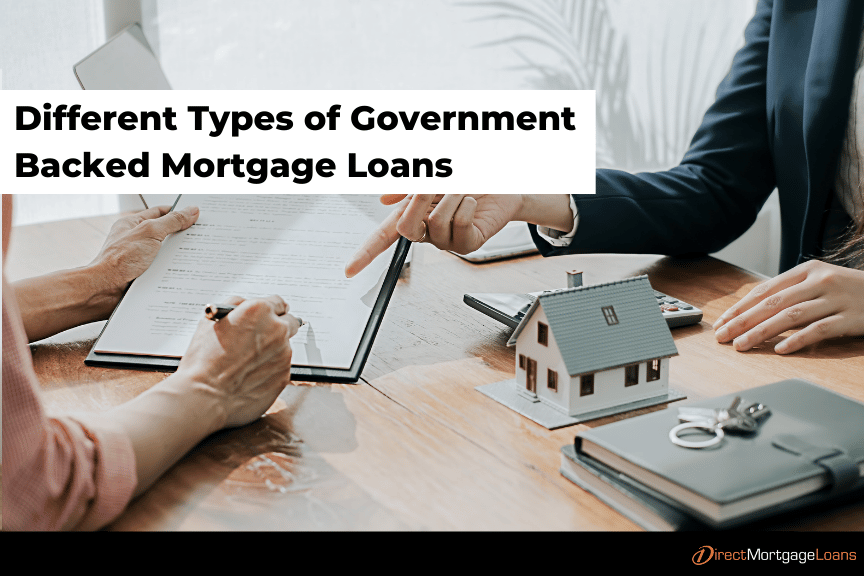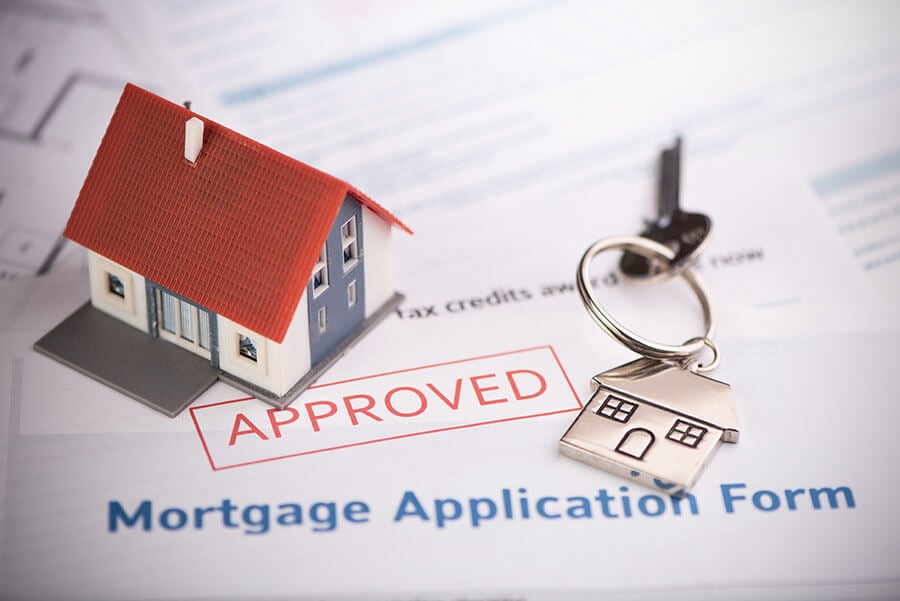Maximize Your Homebuying Prospective with Conventional Mortgage Loans
Maximize Your Homebuying Prospective with Conventional Mortgage Loans
Blog Article
The Crucial Aspects to Consider When Deciding On In Between Fixed-Rate and Variable-rate Mortgage Finances
When examining home loan choices, borrowers face a critical decision in between adjustable-rate and fixed-rate fundings, each presenting prospective pitfalls and distinctive advantages. Trick considerations such as passion rate stability, predictability in month-to-month settlements, and the effects of prospective rate modifications can considerably influence long-lasting monetary health and wellness.
Rate Of Interest Security
When picking a home mortgage, understanding rate of interest security is crucial for informed decision-making. Rate of interest can considerably affect the general price of a home loan, and recognizing the nature of these rates is essential for debtors. Fixed-rate home mortgages provide the benefit of consistent regular monthly settlements over the life of the funding, protecting customers from market fluctuations. This stability allows house owners to plan their financial resources with greater assurance, as they will certainly not be impacted by increasing rate of interest.
On the various other hand, adjustable-rate home loans (ARMs) start with lower first rates that might change periodically based on market conditions. While this can result in lower payments at first, it likewise introduces unpredictability, as customers might encounter raised settlements if rate of interest increase. For those considering an ARM, it is vital to evaluate the chance of price changes, the capacity for repayment boosts, and the size of the first fixed-rate period.
Ultimately, the choice in between adjustable-rate and fixed-rate home mortgages pivots on specific danger resistance and economic circumstances. Understanding rate of interest security assists customers make notified decisions that align with their long-term financial objectives.
Month-to-month Settlement Predictability
While consumers typically prioritize interest rate security, the predictability of month-to-month settlements is just as vital in the mortgage selection procedure (Conventional mortgage loans). Regular monthly repayment predictability plays a critical function in budgeting and economic preparation, as it straight affects a property owner's money flow and overall economic wellness
Fixed-rate home mortgages supply a regular monthly repayment throughout the life of the financing, allowing borrowers to anticipate and intend their expenditures efficiently. This stability can be especially beneficial for newbie homebuyers or those on a fixed earnings, as it gets rid of the uncertainty related to varying payments.
Alternatively, variable-rate mortgages (ARMs) normally feature lower first payments that can alter with time, resulting in possible irregularity in regular monthly commitments. While initially attractive, this changability can make complex financial preparation, especially if customers do not represent future rate adjustments.
Prospective Price Adjustments
In the world of variable-rate mortgages (ARMs), potential rate modifications stand for a significant variable that borrowers have to very carefully consider. Unlike fixed-rate mortgages, where the rate of interest remains unchanged for the life of the loan, ARMs are characterized by changing rates of interest that are linked to market indices. This irregularity can result in significant adjustments in month-to-month settlements, impacting the consumer's financial preparation and budgeting.
Generally, ARMs have a preliminary fixed-rate period during which the rate of interest price is secure. Hereafter period, nevertheless, the price adjusts at established periods-- typically annually. Consumers need to understand the margin and index used to calculate these changes, as they directly affect future rate of interest. In addition, ARMs commonly include caps that restrict just how much the rate of interest can raise at each adjustment and over the useful source life of the loan, which can give some level of protection versus drastic price hikes.
Understanding these potential modifications is important for debtors, as they directly affect long-lasting repayment obligations. As a result, assessing personal financial situations and risk resistance is vital when making a decision whether an ARM aligns with one's monetary objectives.
Lending Term Considerations
Lending term considerations play an essential role in the decision-making procedure for customers selecting in between fixed-rate and adjustable-rate mortgages. The length of the funding term dramatically affects regular monthly settlements, interest prices, and overall economic planning. Fixed-rate home loans typically Read More Here offer terms of 15 to 30 years, supplying stability in regular monthly repayments and predictability in budgeting. This can be especially appealing for debtors that prepare to remain in the same home long-term and choose the assurance of set payments throughout the life of the loan.

Eventually, customers must assess their individual scenarios, economic goals, and market conditions when weighing the implications of funding term selections within each mortgage kind.

Overall Price of Borrowing
The overall cost of loaning is a vital element that can dramatically influence a borrower's choice in between adjustable-rate and fixed-rate home loans. Fixed-rate mortgages offer foreseeable month-to-month repayments, as the interest rate continues to be consistent throughout the finance term. This predictability can lead to reduced total costs, particularly in a secure or declining rate of interest price environment. Customers can spending plan efficiently, recognizing their settlements will not fluctuate.
Conversely, variable-rate mortgages (ARMs) commonly start with lower first prices, resulting in minimized ahead of time costs. These prices can raise after a first duration, leading to potentially greater long-term expenses. Customers need to take into consideration the regularity and level of price changes, as well as the general financing period, to accurately evaluate the monetary ramifications.
Furthermore, the overall expense of borrowing includes not only rate of interest however also costs and other linked expenses, such as shutting prices and insurance click reference policy (Conventional mortgage loans). Consequently, when evaluating home mortgage choices, debtors must carry out a detailed expense analysis over the life of the car loan. By doing so, they can make an enlightened decision that aligns with their monetary goals and take the chance of tolerance
Verdict
Passion rate stability and regular monthly settlement predictability are paramount for efficient budgeting, while the capacity for price adjustments in ARMs presents financial uncertainty. Furthermore, the expected period of homeownership and the total cost of borrowing, including rate of interest prices and linked costs, must line up with private financial conditions and risk tolerance.
Key considerations such as rate of interest price stability, predictability in month-to-month settlements, and the effects of possible price changes can significantly impact long-term financial health. Passion prices can dramatically influence the total price of a home mortgage, and identifying the nature of these prices is necessary for consumers. Unlike fixed-rate home mortgages, where the passion price continues to be the same for the life of the loan, ARMs are characterized by varying interest rates that are linked to market indices. In addition, ARMs usually consist of caps that restrict exactly how much the passion price can raise at each adjustment and over the life of the car loan, which can supply some level of protection against drastic price walks.
Passion rate security and regular monthly payment predictability are extremely important for reliable budgeting, while the capacity for rate changes in ARMs presents financial uncertainty.
Report this page